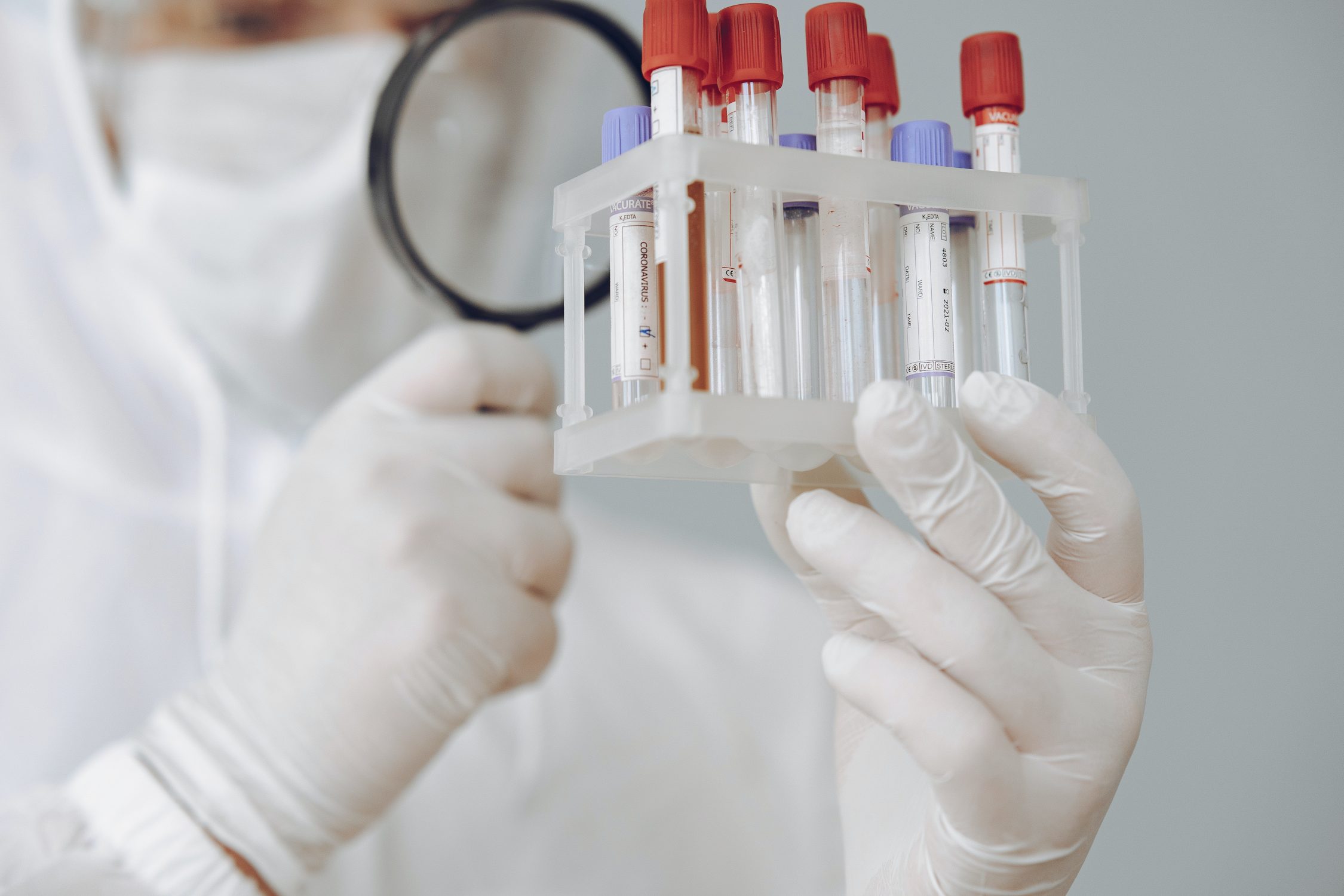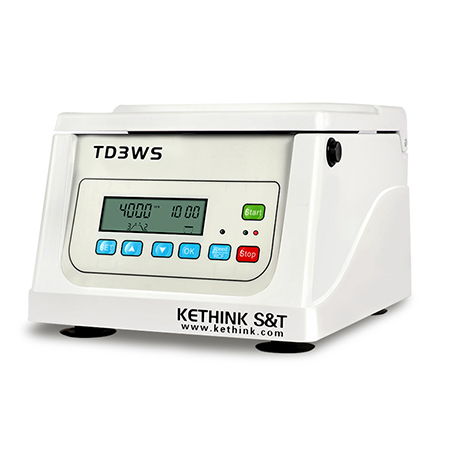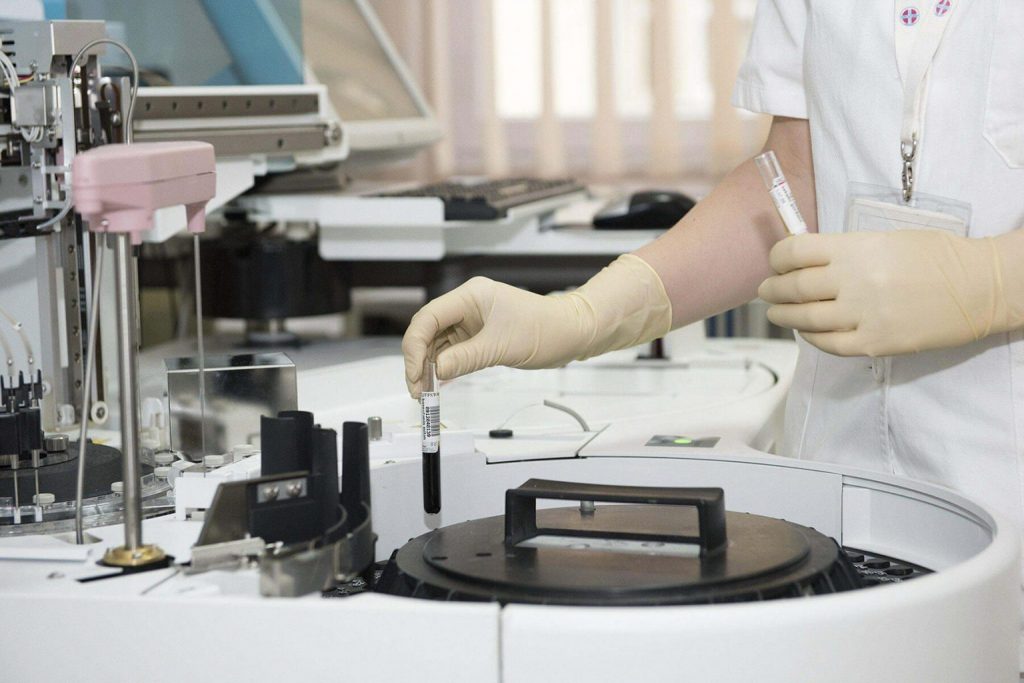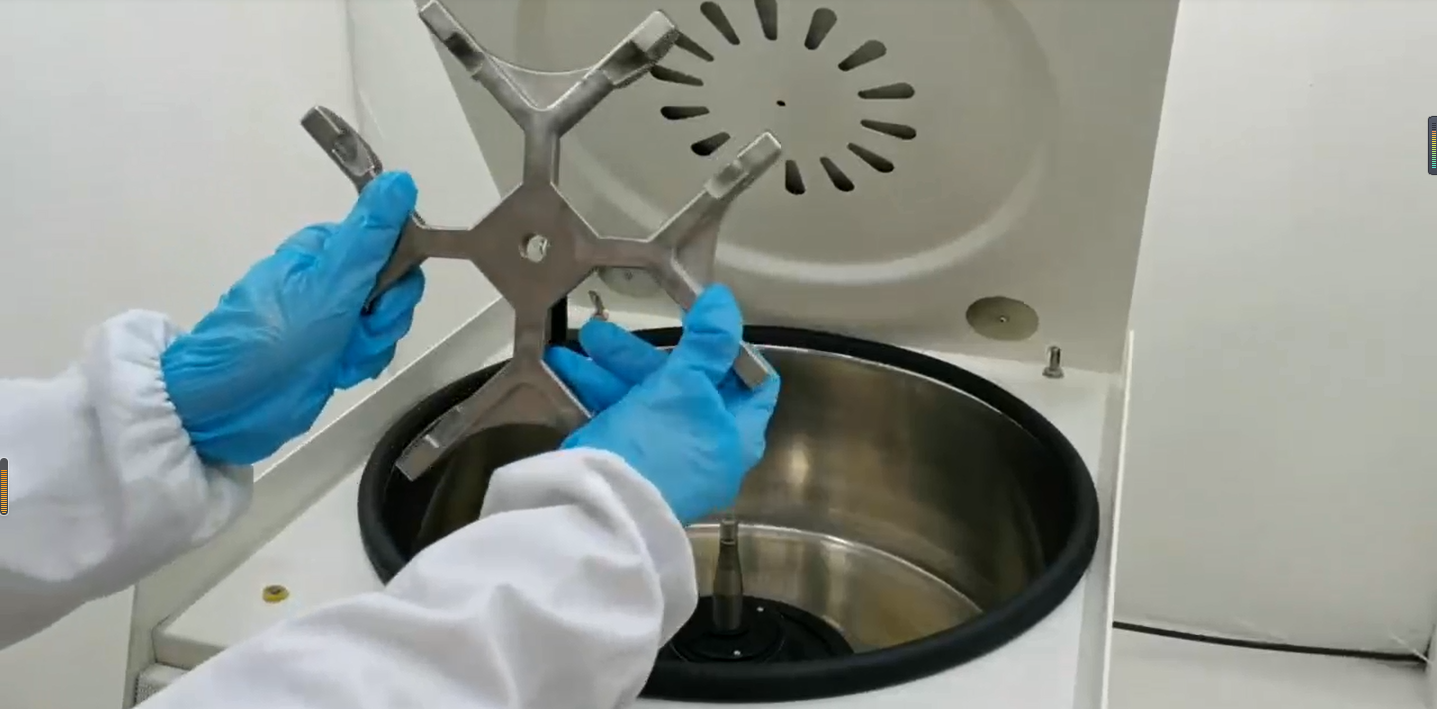Platelet-rich plasma therapy is rapidly gaining attention as a revolutionary and simple treatment for a variety of diseases. By using the body’s own platelet concentration in PRP therapy, clinicians can replicate the body’s various natural effects to promote wound healing and promote cell repair and growth. However, the exact process of obtaining the desired plasma is far from simple: platelet viability will largely depend on the PRP kit used to prepare the platelet concentrate, and the PRP centrifuge is critical to this process.
So, what is the best centrifuge that practice can use for PRP therapy? Preparation of platelet-rich plasma (PRP) from whole blood requires centrifugation to separate and concentrate platelets. Centrifugation uses the principle of centrifugal force to accelerate the natural sedimentation process. Practitioners who administer PRP containing large numbers of live platelets into damaged tissue will see increased tissue regeneration and better outcomes.
Although a typical platelet concentration is around 200,000/µL. However, the platelet concentration in PRP should exceed 1,000,000/µL or 5 times the basal level
How can a 5-fold increase in platelet concentration be achieved in practice? What other steps are important for maintaining other potentially important properties of PRP, such as platelet morphology, platelet activation, or growth factor concentrations?
PRP preparation roughly includes three main steps:
- Sample collection – plasma is produced after collecting the patient’s blood;
- Centrifugation – concentrate platelets and other wound healing components to obtain PRP;
- Storage – Preserve the quality of the PRP prior to clinical use.
In a closed method for the preparation of PRP, all these steps are performed in a predefined manner in a fully closed and sterile integrated system. In contrast, open methods offer the opportunity to optimize each step independently. However, care must be taken to maintain sterility at all times.
Here, we focus on open methods and summarize the latest evidence on optimal protocols for PRP collection, centrifugation, and storage.
PRP sample collection
PRP is derived from plasma, so the first step in making PRP is to generate plasma from the patient’s blood. This is done by collecting blood into a tube containing an anticoagulant that prevents blood from clotting.
However, different anticoagulants can affect the composition and properties of plasma in several ways. So, among the various anticoagulants available (EDTA, ACD-A, sodium citrate, etc.), which one is best for producing PRP?
Overall, research evidence suggests that ACD-A produces PRP with better platelet concentration, activation, and morphology compared to EDTA or sodium citrate [2]. In contrast, growth factor concentrations did not differ with the use of EDTA, ACD-A, or sodium citrate, although mesenchymal stem cells proliferated more readily in PRP prepared with ACD-A or sodium citrate [3] .
These findings suggest that ACD-A is the anticoagulant of choice for preparing plasma for PRP prior to centrifugation.
The best prp centrifugation protocol and rates
Using differential centrifugation, platelets can be separated and concentrated relative to other components of plasma. However, to optimize platelet and growth factor concentrations while maintaining platelet integrity and viability, an appropriate centrifugation protocol must be used.
Below, we summarize key recommendations on how to choose the best centrifuge for PRP, as well as the optimal temperature, centrifugal force and duration, and spin protocol to generate PRP.
Best PRP Centrifuge Rates and ProtocolsCalculating the exact speed, force and length of time required for blood stratification requires a solid understanding of physics. Many factors affect how the centrifugation process unfolds, including the width, length, and weight of the PRP kit. and the speed and force applied by the centrifuge. Furthermore, centrifugal force increases with distance from the axis of rotation. Therefore, a larger centrifuge will exert more force than a smaller centrifuge at the same speed.
Relative centrifugal force is an expression of g-force; the gravitational force of the earth. When calculating the g-force, keep in mind that the g-force acting on a particle is exponentially related to the rotational speed. The index is expressed in revolutions per minute (rpm). The exponent is especially important when considering centrifugal speed; for example, double the speed and quadruple the force.
Commercially available centrifuges are designed to maximize platelet pelleting and separation when used with their respective PRP kits. Commercially available PRP kits vary in weight and size, so each kit requires a different centrifuge. Manufacturers establish protocols to optimize the precipitation process based on the exact kit size.
Selection of Centrifuge Models
What factors should be considered when selecting a centrifuge model for concentrating platelets and growth factors in PRP?
In general, oscillating (horizontal) centrifuges are the best choice for PRP preparation because they allow better separation of plasma components based on their density [4]. In addition, they reduce the degree of cellular trauma and damage and improve the quality of PRP compared to the angle centrifuge.
Recommended centrifuges commonly used to prepare PRP: KT-TD3WS
Care should be taken to select the correct centrifuge for the type of collection tube used, especially when using a commercial PRP preparation kit. In this case, the appropriate centrifuge should be selected according to the manufacturer’s instructions.
There are three PRP kits available to laboratories to obtain platelet concentrates:
1. Gel separation system
Best Gel separator systems use osmosis to ensure that platelet concentrates are captured in a layer of gel separated from white and red blood cells. This centrifuge system will have lower platelet counts than other systems, but it is also one of the most efficient ways to end up with plasma with a lower white blood cell count.
2. Buffy Coat System
White blood cells and platelets are captured in a layer above the layer of red blood cells isolated in the final sample using a buffy coat kit. This centrifugation makes it easy for laboratories to obtain samples with high platelet counts, although the buffy coat also traps white blood cells for a considerable white blood cell count.
3. Double Twist Buffy Coat System
Increasing the centrifugation rate allows for better filtration of other cell types from the final sample, resulting in improved platelet recovery and platelet viability in concentrated PRP samples. The addition of dual spins to the buffy coat system allows PRP samples to be made from almost pure concentrated platelets that remain in the plasma layer and can be easily removed from the aggregated red blood cell layer below.
While laboratory centrifuges can technically replicate the same centrifugal force required to separate stem cells, blood cells, and other cell types from platelet concentrates, only the right PRP kits have the centrifugal force needed to properly prepare PRP. Attempts to use a laboratory centrifuge will only yield platelet-poor plasma – which can still be used for autologous platelet therapy, but less effective.
Centrifugation and temperature
The most important factors to consider when centrifuging are time, speed and temperature, but none of the commercially available PRP centrifuges seem to be able to control the temperature. Could this industry oversight lead to different outcomes for bone biologics?
Temperature is an important variable to consider when working with biomaterials. High speed creates friction and heats the sample during centrifugation. Temperature control becomes even more important if centrifugation is performed outside of a vacuum. Centrifugation outside the vacuum creates additional drag and temperature rise. Research biologists have traditionally cooled centrifuges to counteract the temperature increase caused by friction.
Platelets may be activated prematurely if the sample is heated during centrifugation. Additionally, heat may damage platelets and reduce viability. Cooling centrifuges slow down biological processes. And helps maintain platelet vitality. This well-known biological phenomenon has been acknowledged by researchers. As it is associated with enhanced platelet activation and release of alpha granules¹. However, the viability of platelets is rarely damaged during centrifugation.
More research is needed to better understand the role of temperature in PRP preparation. Reproducing results when using biological materials depends on precisely controlling variables. The conflicting results in the field of orthopedic biology may be related to different sample temperatures. The optimal PRP centrifuge and centrifugation protocol depends on the exact specifications of the PRP kit. The ideal eccentricity rate and duration are calculated based on the mass and size of the PRP kit. Researchers and clinicians will benefit from experiments designed to assess temperature increases associated with platelet viability during centrifugation.
Centrifugal force and time
After comparing a series of single and double centrifugation protocols. KETHINk has found that centrifugation at 100 g for 10 minutes followed by 400 g for 10 minutes is optimal. This regimen resulted in a 5-fold increase in platelet concentration over basal levels and maintained platelet integrity.
Similarly, 2022 compared a series of centrifugation gs and durations and found that double centrifugation at 160 g for 10 minutes followed by 250 g for 15 minutes produced the largest increases in platelet and growth factor concentrations
In terms of single centrifugation solutions, the KETHNK team. Centrifugation at 70–100 g for 10 minutes was optimal, while > 190 g decreased platelet concentration.
Overall, the current study shows that double centrifugation for 10-15 minutes at moderate but not excessive centrifugal force (100-160 g, then 250-400 g) produces the greatest increase in platelet concentration.
Storage conditions for PRP
As far as best practice for storing PRP is concerned, there is evidence that room temperature storage is sufficient – however, care should be taken if samples are stored for more than a few hours.
Ideally, PRP should be used within 8 hours of centrifugation. Because this maintains the leukocyte concentration and pH of the solution.
However, PRP can be safely stored at room temperature for 24 hours without affecting platelet count or activation. Therefore, longer storage times are possible if platelets are a key ingredient required for clinical treatment.
Conclusion
Although PRP is widely used therapeutically to help with tissue repair and bone growth. But knowing the best way to make it isn’t always obvious given the multitude of possible ways. With the evidence and recommendations in this article, we hope that the preparation of PRP in your own clinic or laboratory can be optimized to improve the quality of care for your patients.




